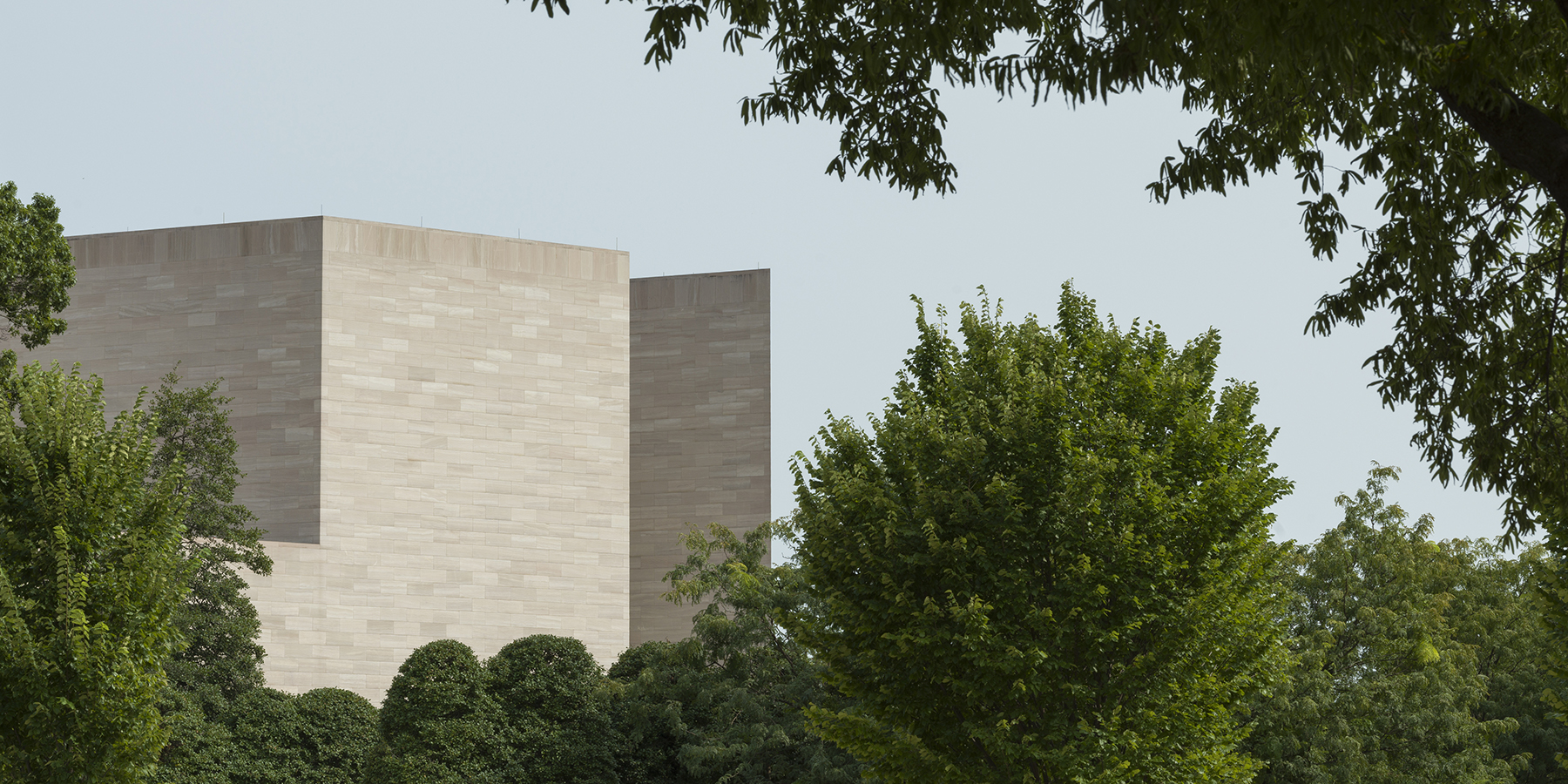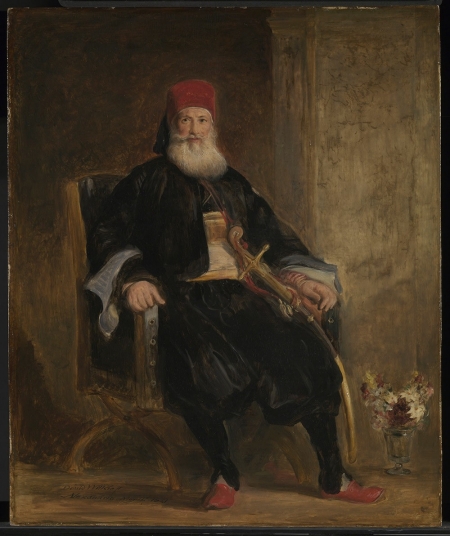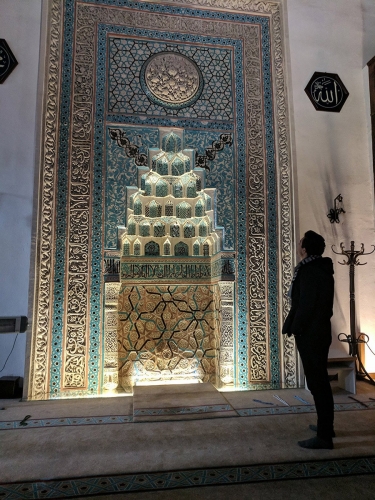On May 11, 1841, the Scottish painter Sir David Wilkie (1785–1841) arrived at Ra’as al-Tīn Palace outside of Alexandria for his final portrait sitting with the aging but ever-powerful viceroy of Ottoman Egypt, Mehmed Ali Pasha. Wilkie’s completed painting of the pasha clad in the uniform of his modernized Egyptian military is an intimate and nimbly executed portrayal that leaves little trace of the pressures exerted on the artist by his demanding Ottoman patron. In the detailed account of the sittings found in Wilkie’s travel diary, the painter reveals Mehmed Ali’s sophisticated understanding of the principles of modern European portraiture and the remarkable extent to which the pasha controlled (sometimes from directly over the artist’s shoulder) the choices of pose, costume, and even brushwork. At one point, Wilkie recalls, Mehmed Ali challenged the artist for his overly broad application of paint around the eyes, which the pasha insisted “ought to be made stronger.”
Since the publication of Edward Said’s seminal Orientalism (1978), art historians have developed a reflex for interpreting images of Islamic subjects by European artists. In this scheme, the latter is understood to produce the “Orient” as an imagined but coherent cultural space through the objectifying powers of the artist’s gaze, pencil, and brush. Both symptom and engine of European imperialism in Muslim Asia and North Africa, the Orientalist artist is master of his subject, whose voice in the making of his own image is always rendered mute. Wilkie’s portrait, however, tells a very different story—one whose “Oriental” subject was anything but silent.
Painted in the final year of a decade-long military struggle between the viceroy and his titular sovereign, the Ottoman sultan, this portrait was part of the pasha’s postwar strategy to garner British favor at the expense of his rival in Istanbul. Aware that the sultan had sat for a portrait by Wilkie several months prior, Mehmed Ali strategically tapped the artist to represent him as a competing image of Ottoman authority. The portrait was therefore conceived as a direct riposte to the sultan’s; Wilkie’s diary repeatedly mentions Mehmed Ali’s requests to examine the earlier portrait. Recalling the pasha’s careful management of Wilkie’s hand, certain features of the painting appear to be specifically designed to invoke this intra-Ottoman rivalry. For example, the pasha’s red fez, the largest flash of color in the painting, was an emblem of Ottoman modernity first introduced by Mehmed Ali himself through his overhaul of the Egyptian military. This distinctive headwear was only later adopted by the sultan and his bureaucracy in Istanbul as part of a slate of military reforms modeled on the pasha’s. Through the fez, Mehmed Ali reminded the portrait’s European audience that he was the true forward-looking leader in the Ottoman realm—and hence more worthy of diplomatic favor. Beyond inverting the power dynamics of the Orientalist painting, then, Mehmed Ali’s patronage of Wilkie points to the particularities of the Ottoman political context that made the encounter between artist and viceroy, as well as the resulting painting, historically meaningful. Wilkie’s portrait, in other words, brings us to an important realization: there is an Ottoman history of European portraiture.


